25 tips on how to survive in the wilderness
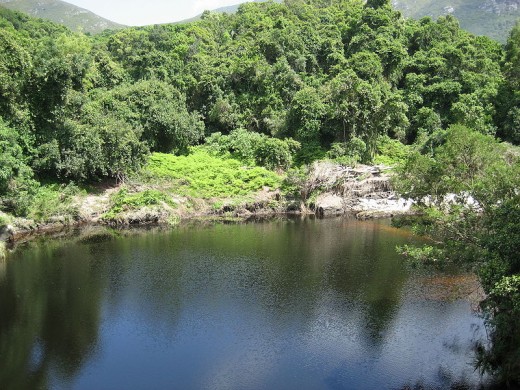
Survival Techniques
Surviving in the wilderness is a difficult task and is a situation where knowledge more than anything else is what will save your life. The following survival guide will explain what you will need to be able to survive. Whether you are an extreme camper, someone who wants to live completely off the land or if you ever simply get lost and can't find your way back this guide is for you. The basics of survival will depend on a few things, primarily finding food, clean water and shelter.
Ways To Clean Water
- Boil the water (refer to section on making fire.) Check the below steps for filtering dirt and other particles.
- Create a filter using a container rocks, sand and leaves. Allow water to trickle from top of container through leaves, sand and then rocks and out bottom.
- Use a cloth and pour water slowly through the fabric. If you must use a piece of clothing.
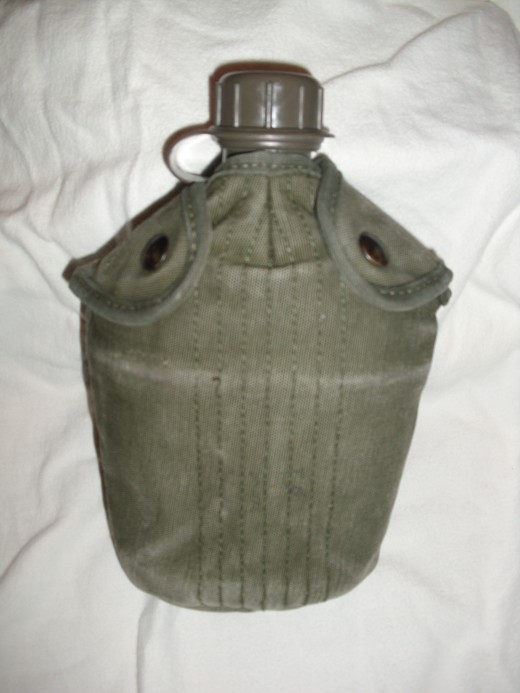
Finding Water
In general if you are lost in the wilderness of a temperate part of the world and it is forest and not desert finding water shouldn't be a complicated task. The fact that there is trees, plants, grass, shrubs and other plants around you means that there is an abundance of water. You can:
- Listen for streams, rivers, flowing water or frogs and other pond life that may be nearby.
- Locate muddy or wet ground dig a whole, after a short period the water in the ground will fill in the hole.
- look for rock formations that may trap rain water.
- If you can locate small animal tracks you may want to scout the area as drinking water should be present (be cautious though as we do not want to follow a bear back to his cave, a pack of wolves, etc.)
If no water can be located and you are in a mountainous region you may need to descend a short distance to locate a source. If all else fails then you may have to attempt to eat as much plants as possible to provide your body with some water. If you happen to find a spring this will be the cleanest source. Also in general the higher the elevation the cleaner the water source.
Plant Screening
Many plants are edible but one must be careful as eating something in the wild can mean the difference between life and death. Follow the process below. If at any point in the below steps a bad reaction occurs stop and choose a different plant.
- Smell for bad or offensive odor.
- Rub some on your skin and wait to see any reaction for ten minutes.
- Place some against the inside of your lip and wait a few minutes.
- Chew some of the plant and hold it in your mouth for a few minutes.
- Swallow a mouthful and wait a few hours.
- Eat a larger amount and wait for eight hours.
As said if after following these steps you experience no adverse reactions the plant is safe to eat. Below is a table showing the most common plants that are edible in the wild. Keep in mind there are hundreds so it is impossible to list all of them here.
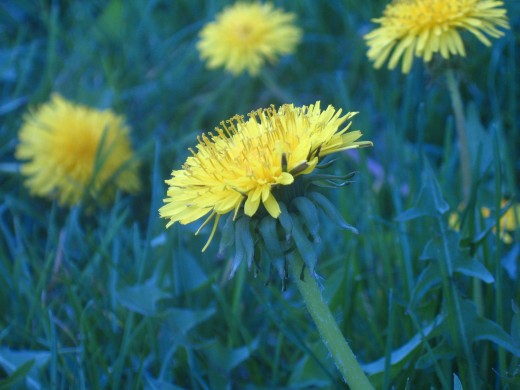
What Plants Are Edible In The Wild
Plant
| Info
|
|---|---|
Dandelions (flower)
| You can eat Dandelions whole, these flowers you will find in abundance.
|
Grass
| Yes you can eat grass it isn't tasty but it will do the job.
|
Burrdock
| Many may know this plant from hiking getting burrs from it stuck on your clothing, shoe laces, etc. You can eat the stalk, leaves and root.
|
Queen Anne's Lace
| This plant is actually wild carrot from which modern carrots were bred. You can eat the root while young.
|
Clover
| You will find these in abundance and they are easily identified
|
Plantago (also known as Plantain)
| Looks a bit like spinach leaves but plant is a bit smaller.
|
Pine
| You can boil the needles to make tea.
|
Cat Tail
| The inside on the stalk is edible, the head can be shaken and a powder collected that can be used as flour.
|
Golden Rod
| Tall thick yellow flowers, can be eaten raw.
|
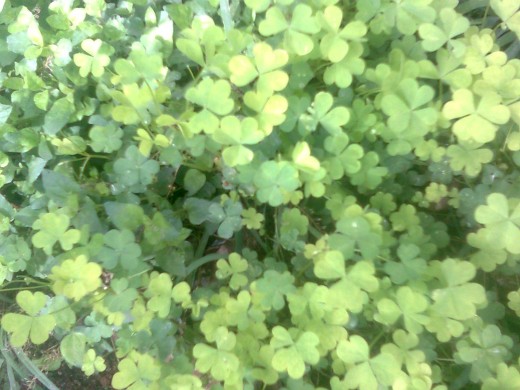
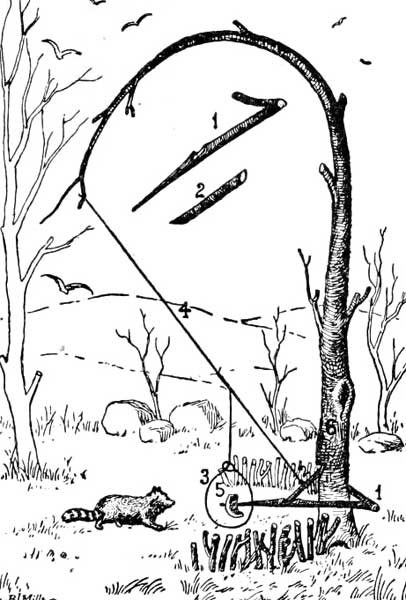
Snares And Traps
At some point you may need to capture animals if you think you may be in the wilderness awhile, consider what is around you. Everything from snakes to birds or even bugs should be considered your source of meat. You can use snares, traps, netting for fish in rivers.
- Snares can be made from wire or string if you have this, if not you can use the inner stringy bark of some trees woven together with several pieces to make small ropes or vines where available for this purpose.
- Simple traps, small boxes held by sticks, covered holes etc. may work for some animals.
- Netting can be woven to capture river fish or birds
- If you can get tree sap dry some until it is like glue and place it on perches where birds like to land. They will get their feet stuck to it and will be your next meal.
You may have to do some scouting to identify where animals congregate and pass through. Look for tracks, droppings and other indicators.
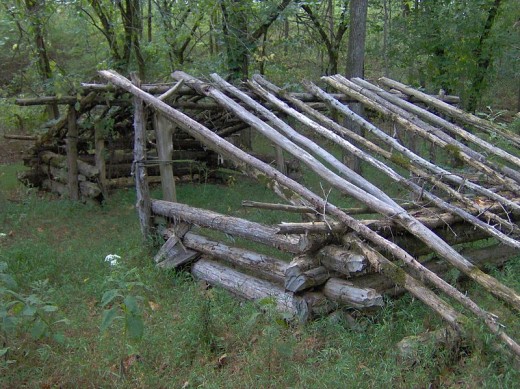
How To Build A Survival Shelter
Assuming you have no real tools the best and easiest shelter to build yourself would be a lean-to.
- This involves placing a thick overhead branch between two trees.
- Then leaning many other branches against it creating a shelter under it.
- To further weather proof this shelter you can gather brush, possibly pine tree branches and other plant matter to cover the roof.
Keep in mind even the shelter pictured is more advanced than what is really needed.
What Makes Fire
In order to clean the water you find even after filtering you should boil it. For this you need fire. There are a few very successful methods to make a fire.
- You can take two branches one with a groove along the base.
- Use the non-grooved branch to slide up and down the groove until you create embers.
- These can be added to a pile of dry grass and then wood.
You could also use a method using a bow. Check the video to the right to see this method in action. Keep in mind out in the wilderness you may need to use materials that won't be quite so perfect. If you have no string, use your shoelace. Overall with the use of fire it will allow you to purify water, protect yourself from wild animals, cook animals that you may catch and make smoke signals to help others find you.








